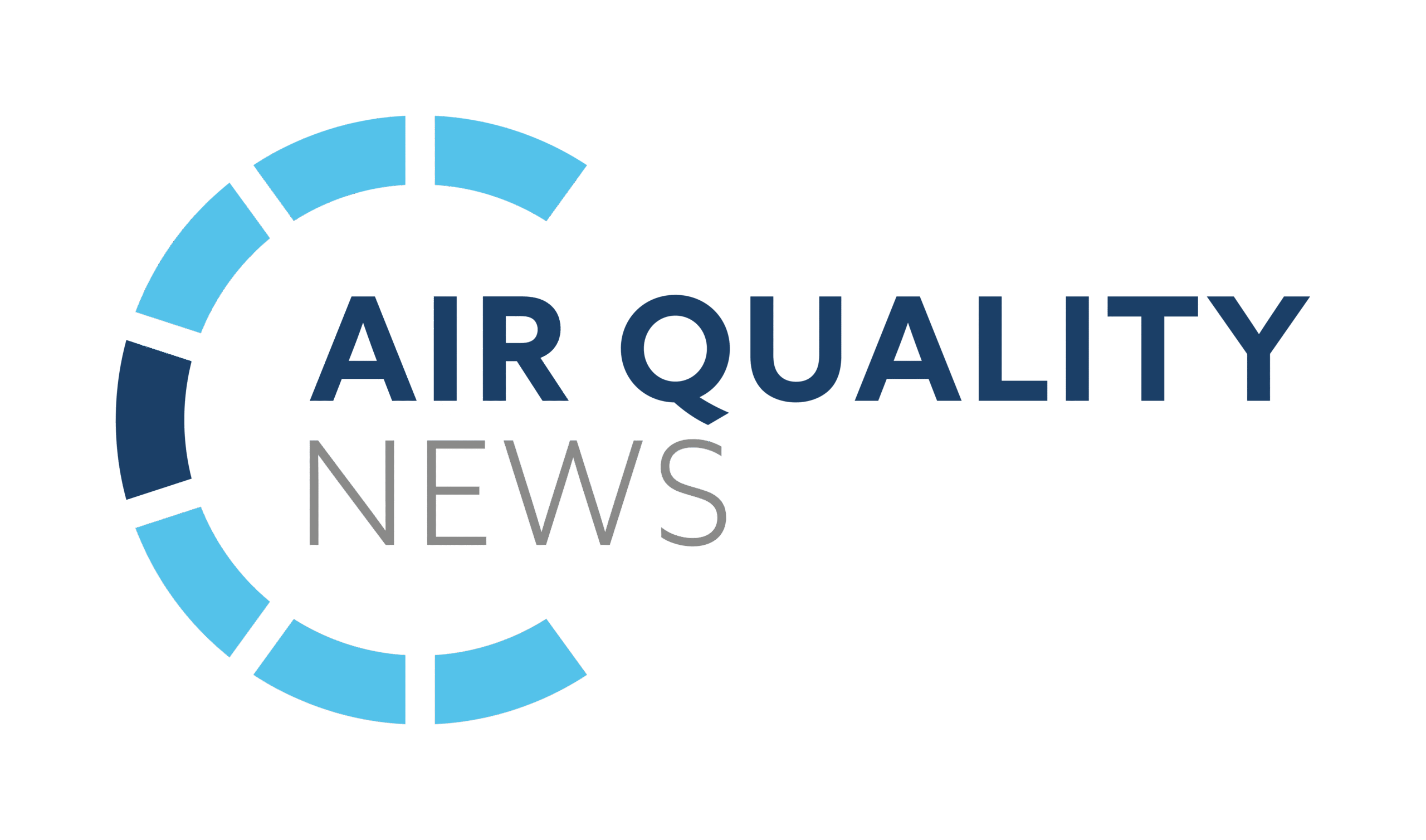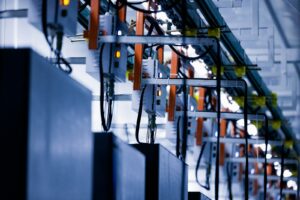Expert insight from Julia Harty, Energy Transition Analyst at cross-commodity price reporting agency Fastmarkets
‘As the uptake of electric vehicles (EVs) steadily increases,’ says Julia Harty at Fastmarkets.com, ‘and participants across the battery raw materials supply chain are looking to a more sustainable future, all eyes are on the lithium-ion battery recycling market in 2023.
Electric battery storage, photo by Kumpan Electric‘Interest and investment in battery recycling is picking up pace and there is increasing pressure looking to find a way to meet future battery material demand.’
Julia identifies six key trends in this key sector:
- LCO and NCM are currently the ‘most desirable’ types of black mass
When an EV battery pack reaches the end of its useful life, it can be shredded and processed producing what’s called a ‘black mass’ of valuable materials that can then be recycled.
Lithium cobalt (LCO) and nickel cobalt manganese (NCM) black mass are more valuable in terms of the contained battery metals than lithium iron phosphate (LFP) black mass.
Per tonne of an averaged mixture of NCM cells, there is approximately £7,000 ($8,700) of value from the lithium, nickel and cobalt – based on May 2023 prices – with lithium accounting for 14% of the weight but 55% of the value of these three battery metals.
Meanwhile, LFP batteries have approximately £2,500 ($3,170) value per tonne of cells, making them the cheapest battery to produce and the least valuable black mass.
- LFP black mass can be refined with emerging technologies
Pyrometallurgical (pyro) refinement of black mass involves heating to 1,400°C. But at this temperature the lithium is lost to the slag, making this method unviable for LFP black mass.
‘While NCM and LCO black mass can be refined with pyro it is a less popular recycling method due to the lost lithium,’ says Julia Harty.
Newer technologies such as electrochemical refining have lower operational expenditure and are viable recycling methods for a broader range of black masses including LFP. Since LFP is on the rise globally – particularly in China – we expect more LFP black mass in future.
- Lithium-ion demand is growing rapidly
Electrification of transport and the rapid development of energy storage systems (ESS) are driving demand for lithium-ion batteries. This rapid growth has led to a steep increase in demand for battery metals such as lithium, nickel and cobalt.
Mining (so-called ‘primary metal’) can be supplemented by such recycling (‘secondary metal’), providing security of supply to regions that might not be naturally rich in these metals.
‘Consumer electronics batteries have the shortest lifespan of about 2-5 years, whereas EVs are 10-15 years, and ESS are 15-20 years, meaning a longer wait for these batteries to be available for recycling,’ adds Harty.
- Recycled secondary metal production less than 5% of total production
While the recycling market has seen significant investments recently, it still accounts for less than 5% of total battery metal production. Of the total material supplied to the market in 2023, 5% of the cobalt came from battery recycling, 6% of lithium carbonate equivalent (LCE) and 1% of nickel.
‘Fastmarkets forecasts secondary supply to increase to 12%, 7% and 5% respectively by 2033,’ says Julia Harty.
‘This shows that while recycling will play an important role in supply and a move to more sustainable EV production, we still need more primary metal production for the foreseeable future.’
- Production scrap accounts for three-quarters of all scrap battery supply
Production scrap currently accounts for 73% and end-of-life (EoL) 27% of all battery scrap. However, by 2031, EoL will take over as the main source of scrap when some of the EVs being made now are ready to be recycled.
The lifespan of a mobile phone or laptop is a few years, while an EV could be 10-15 years. When these batteries reach the end of their lives, most of them will be collected and recycled as EoL.
By 2033, Fastmarkets forecasts EoL to account for 59% and production scrap for 41%.
- Second life to be adopted regionally
Second life or ‘cascade utilisation’ is when used EV batteries are reused in energy storage for two- or three-wheeled vehicles.
There can be safety issues with second life since there is an inflection or ‘knee point’ at 80% State of Health (SoH) below which there can be non-linear degradation. This means that even if a group of batteries looks very similar, one of them could rapidly deteriorate and even be a fire risk.
As a result, there has been talk of banning second life in China and New York State. However, some places such as India are more optimistic about second life. India has a well-established market for taking used cars from Europe and is building out a value chain for used EV batteries.
However, the second life market will be competing with recyclers for EoL and the production of scrap batteries.
In related news:
Manchester to pilot UK’s first peer-to-peer electric vehicle sharing platform

















Leave a Reply